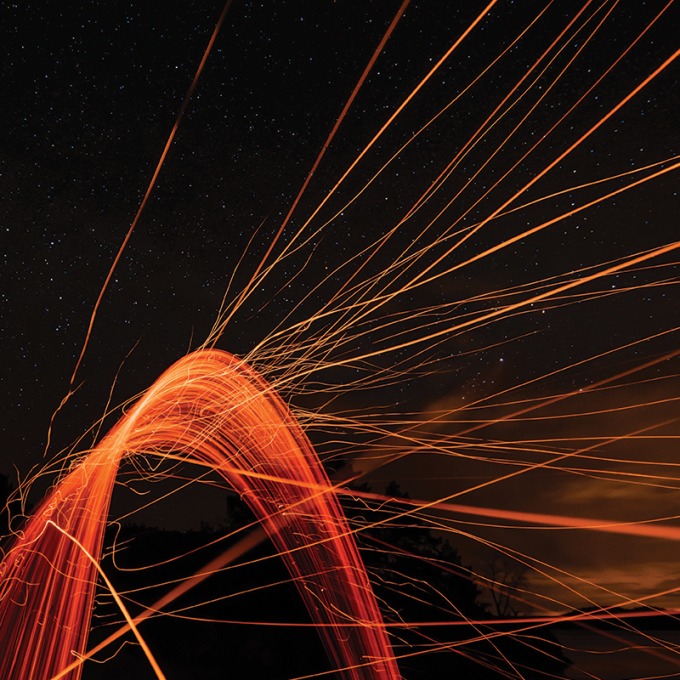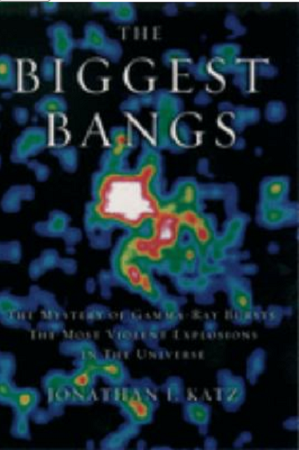Professor Katz's current work focuses on astronomical Fast Radio Bursts. These brief (millisecond) bright events are believed to originate at "cosmological" distances, but their sources and mechanisms remain a mystery. He is studying the statistics of waiting times between episodic events, from repeating Fast Radio Bursts to seismology and slip in plastic flow.
The brightness of Fast Radio Bursts indicates a coherent emission process, like that of pulsars, and their brevity requires an origin in objects of neutron-star dimensions. However, they are too luminous to be pulsar pulses unless the pulsars are extraordinarily fast, strongly magnetized and efficient or are narrowly beamed. The novel hypothesis of beaming permits many other models, and the problem is to decide which is correct.
Undergraduate students working with Katz on weather data have set upper bounds on any increase in drought and storms as the climate warms and have developed novel descriptions of the changing frequency of temperature extremes. Other undergraduates have studied the properties of starch suspensions and found remarkable hysteresis in their shear stiffening behavior.



